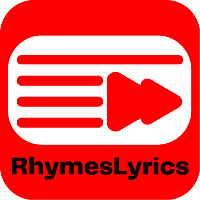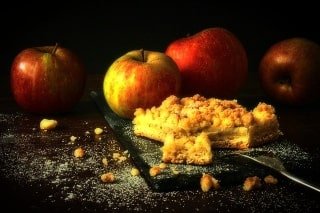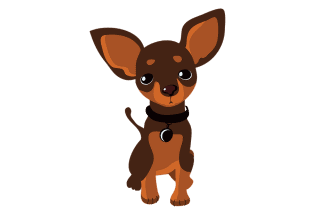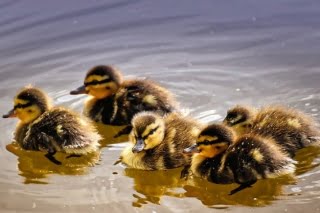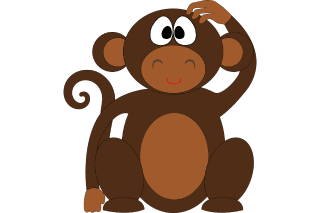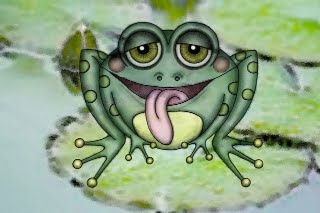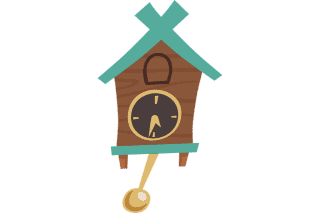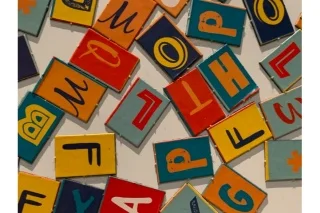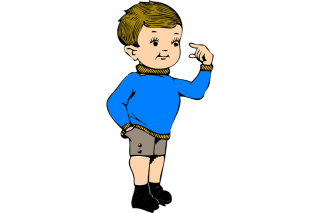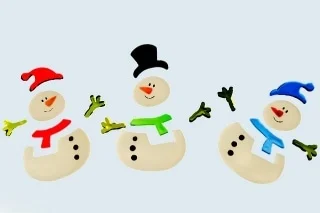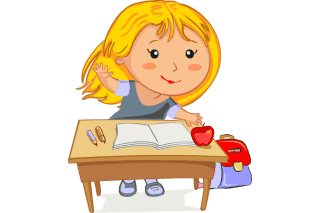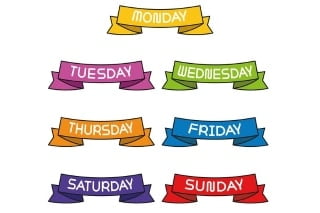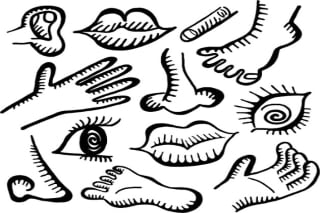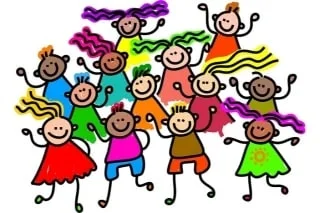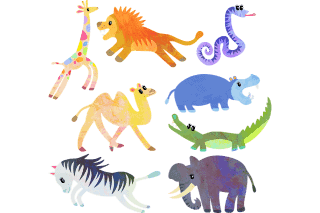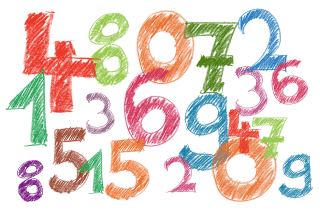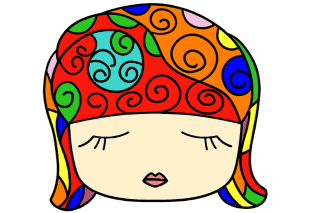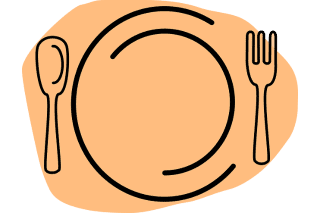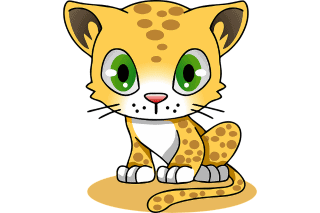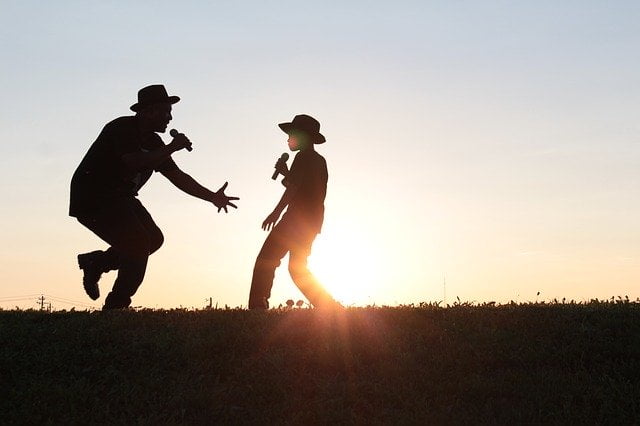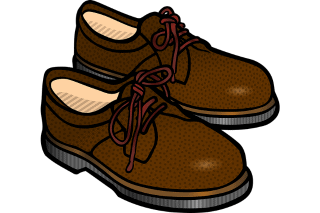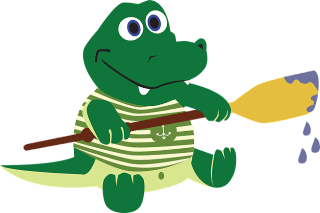
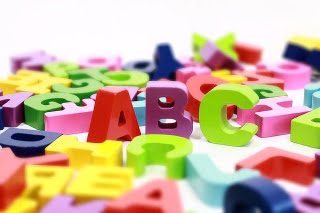
Alphabet Song
This ABC alphabet rhyme is for teaching and learning English alphabet. This original song is made for childrens, students, babies, toddlers, preschool, and more. It’s EASY to sing along and young learners will love it! Children and students can sing along and repeat the alphabet – listen and repeat the names of the letters! This is a speeding up song, which progressively gets faster! It’s fun and catchy!!
There are many known versions of the alphabet song in different languages. Each of them follows the same pattern, helping children learn the order and the spelling of the alphabet letters.
"Alphabet Song" Lyrics
A – B – C – D – E – F – G
H – I – J – K – L M N O P
Q – R – S
T – U – V
W and X
Y and Zee
Now I know my A – B – C
Next time – won’t you sing with me?
OR
A – B – C – D – E – F – G
H – I – J – K – L M N O P
L M N O P – Q – R – S – T
U – V – W – X – Y – Zee
X – Y -Zee
Now I know my A – B – C
Next time – won’t you sing with me?
The song is typically sung to the tune of “Twinkle, Twinkle, Little Star” and follows a simple structure. The song is often accompanied by hand motions or gestures that help children remember the order of the letters. For example, children may point to each letter as it is sung, or make an “air” letter with their finger.
- alphabet song for kindergarten
- learn alphabet song
- alphabet rhymes lyrics
- abcd song
- alphabet song uk
- alphabet rhyme song changed
- new alphabet song
- abc alphabet song
- alphabet sounds song
- alphabet phonics song
- abcd song lyrics in english
- the abc song
- the alphabet chant
Frequently asked questions (FAQ's) based on “Alphabet Song”
Answer : Singing the alphabet is an effective way of sequence dividing and teaching to the students in a manageable sections which children can easily memorized, it is the way of making effective chunks of alphabet which the children can learn easily.
Answer : The ABC song was first copyrighted under the title ‘The Schoolmaster’ in 1834 by an American man named Charles Bradlee.
Answer : The ABC song takes about 30 seconds.
Answer : The song was first copyrighted in 1835 by the Boston-based music publisher Charles Bradlee.
Answer : The Greeks borrowed the Phoenician alphabet sometime in the 8th century BC or earlier, keeping the order and adapting it for use with their own language. (For example, the Phoenician alphabet did not have letters representing vowel sounds, which were important in the Greek language and had to be added)
Answer : The music composer of the song was Louis Le Maire.
Answer : The “Alphabet Song” is typically sung to the tune of “Twinkle, Twinkle, Little Star”.
Answer : Children may point to each letter as it is sung or make an “air” letter with their finger.
- alphabet song lyrics now i know my abc
- phonics songs for preschoolers
- abc song phonics lyrics
- abc song phonics song alphabet song
- abc song lyrics printable
- new abc song lyrics
- now i know my abc song lyrics
Some more details based on “Alphabet Song”
The “Alphabet Song” is a popular children’s song that is used to teach young children the alphabet. The song is simple, catchy, and easy to learn, making it a favorite among parents and educators alike.
The “Alphabet Song” has been used to teach children the alphabet for generations, and its origins can be traced back to the early 19th century. The melody of the song is thought to have been adapted from an earlier French folk song, while the lyrics were added in English to create the familiar alphabet sequence.
In addition to being a popular children’s song, the “Alphabet Song” is also used in educational settings to teach children about language and literacy. By learning the alphabet through song, children are able to memorize the letters and their order more quickly and easily than they might through rote memorization or other methods.
Overall, the “Alphabet Song” is a beloved children’s song that has helped countless children learn their ABCs over the years. Its catchy tune and simple lyrics make it a favorite among children and adults alike, and it continues to be a valuable educational tool in classrooms and homes around the world.
- alphabet song for kindergarten
- learn alphabet song
- alphabet song lyrics
- abcd song
- alphabet song uk
- alphabet song changed
- new alphabet song
- abc alphabet song
- alphabet sounds song
- alphabet phonics song
Some activities for children's based on "Alphabet Song"
- Letter Sounds Match: Write down the letters of the alphabet on separate pieces of paper, and also write down words that begin with each letter. Mix up the letters and words, and have the children match the letter to the corresponding word. For example, the letter “B” matches with “ball” and “banana.”
Note: This activity helps children learn letter sounds and build vocabulary.
- Letter Tracing Practice: Provide the children with paper and crayons or markers, and have them practice tracing the letters of the alphabet. You can also provide them with letter templates or alphabet worksheets to make tracing easier.
Note: This activity helps develop fine motor skills, reinforces letter recognition, and promotes hand-eye coordination.
3. Alphabet Books: Have the children create their own alphabet books. Each child can be assigned a letter of the alphabet, and they can create a page with a drawing of an object that begins with that letter, as well as the corresponding letter and word. For example, for the letter “A,” they could draw an apple and write “Aa” and “apple.” The pages can be compiled into a class book for everyone to enjoy.
Note: This activity promotes creativity, builds vocabulary, and reinforces letter recognition.
Related links
Categories
Other popular rhymes
Other related keywords and search's
- abcd song lyrics in english
- the abc song
- the alphabet chant
- alphabet song lyrics now i know my abc
- phonics songs for preschoolers
- abc song phonics lyrics
- abc song phonics song alphabet song
- abc song lyrics printable
- new abc song lyrics
- now i know my abc song lyrics
